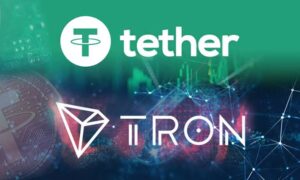
Recent data sheds light on increasing centralization issues within the cryptocurrency market, particularly with Polygon (MATIC) and Shiba Inu (SHIB), which exhibit high concentration among leading wallets. In contrast, USDC and DAI demonstrate more decentralized holdings, but centralization remains a significant concern.
Concentration in MATIC and SHIB
Santiment’s data reveals that Polygon’s top ten wallets control an impressive 69.4% of its market capitalization, making it one of the most centralized major altcoins. Shiba Inu also shows a high concentration, with its top ten wallets holding 61.2% of its market cap. This level of concentration could heighten risks such as market manipulation and increased volatility, as major holders can significantly influence market dynamics and stability.
Uniswap (UNI) has 50.8% of its market cap concentrated in its top ten wallets, while the Pepe (PEPE) meme coin has 46.1% of its supply controlled by a few large holders. Even Ethereum (ETH), despite its broad adoption and efforts towards decentralization, sees 44.0% of its market cap held by major wallets, largely due to staking in the ETH 2.0 contract.
Moderate Centralization in LINK and TON
Chainlink (LINK) and Toncoin (TON) show somewhat lower levels of centralization, with 31.1% and 27.5% of their market caps respectively held by their top ten wallets. For Chainlink, this concentration is partly due to the need for significant holdings by nodes to maintain network security. Toncoin’s concentration is attributed to its recent growth phase.
Decentralization in Stablecoins
On a more decentralized front, stablecoins like USDC and Multi Collateral Dai (DAI) display lower concentrations, with the top ten wallets holding only 19% and 24.5% of their market caps, respectively. This distribution suggests a more balanced holding structure, potentially mitigating risks related to liquidity and market manipulation.
As the cryptocurrency market continues to develop, addressing centralization issues remains essential to uphold the decentralized principles foundational to the industry.






